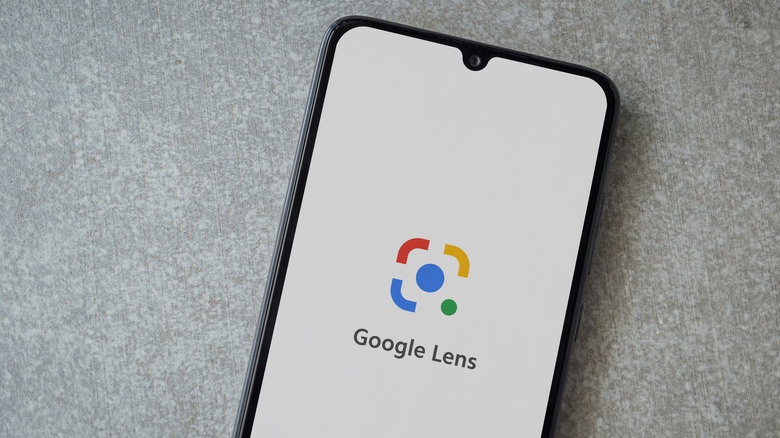Google Search Gets New Features To Help With Math And Science Homework
While Google continues to separate its search and generative offerings as completely different products, the capabilities offered by both are now increasingly coming closer. In June 2023, Google announced significant enhancements to its AI chatbot — Google Bard — which improved its logic and reasoning capabilities and enabled it to handle math problems, coding questions, and string manipulation prompts more effectively. Google's latest update brings similar capabilities to two of its most popular products, the ubiquitous Google Search and the very handy Google Lens.
In the blog post announcing these developments, Google has indicated that these added capabilities will help students, researchers, and anyone with a curious bend of mind become better at understanding (and solving) complex math, physics, and STEM-related problems. These updates could also prove to be valuable resources that help students, researchers, and professionals find the information and tools they need to solve challenging problems more easily and efficiently.
Google has listed various real-life examples wherein these new feature updates would prove to be a boon for users globally.
Google Search: Your friendly neighborhood teacher
Now, it is not uncommon for people to get frustrated over complex math problems — especially when you believe you are very close to solving them. In such times, a helpful push in the right direction in the form of a hint or clue could prove very beneficial. This role, traditionally handled by teachers, can now be efficiently managed by Google Search alone. All that Google wants you to do is type your equation in the search bar and see how it attempts to solve it with logical reasoning while also offering a step-by-step explanation.
These new updates may also benefit people who often encounter problems that are challenging to describe with words alone, especially those involving Geometry.
For example, if you want to find the area of a triangle and you only have a diagram with the length of two sides, it's difficult to explain the problem to Google. With the enhanced capabilities of Google Lens, you can take a picture of a diagram (or draw one yourself) and combine that image with an existing problem, then wait for Google to provide you with a lucid, step-by-step solution. Google Lens can also be used to identify scientific concepts in images, such as graphs, charts, and diagrams.
STEM concepts: Now better understood via Search
Beyond making life easier for those interested in solving math and physics problems, the new updates to Google Search have something for other STEM-related fields, too. Take the case of the new "interactive diagrams" feature, which could make it easier for students to learn and understand complex topics simplified using interactive, easy-to-understand 3D diagrams.
Google uses the example of mitochondria in its blog post to drive home its point. Now, you might understand what mitochondria are in general, but what would really open up your mind is the ability to picture mitochondria in exquisite detail. This is precisely what the new 3D diagrams feature does — allowing you to explore interactive diagrams that contain definitions and overviews for almost 1,000 biology, chemistry, physics, astronomy, and related topics.
This effectively means that you can now use Google Search to see and interact with 3D models of STEM-related concepts. This can help you understand these concepts more deeply and learn about them in a more engaging way.
There is no denying that these additional features for Search and Lens will prove to be an invaluable tool for students and researchers worldwide. It remains to be seen if both these features are eventually integrated into a single product that combines Google's search prowess and its ever-improving generative AI capabilities.


